
Could your flat roof be trying to tell you it needs to be changed?
Some people are unsure what to expect when buying or living in a home with a flat roof. You might have been told that flat roofs can be a big problem or risk – but elsewhere, there are firm beliefs that flat roofs can stand the test of time when installed correctly.
The installer’s materials and method can be the difference between a flat roof needing to be replaced after five years and a flat roof lasting over 30 years.
It’s common for properties built in the UK in the 1960s and 1970s to have a flat garage roof attached using bituminous felt. This was a new method of attaching a flat garage roof at the time, so issues tended to emerge during the installation process. Unfortunately, homeowners didn’t take long to complain about failing felt roofs.
Fast-forward to the twenty-first century, and the market offers many flat roofs. The technology of flat roofs has evolved somewhat, and so has the availability of guarantees.
This article will detail not only the flat roof options on the market but also possible defects and when you should consider replacing rather than repairing your flat roof.
Design and installation
If you have had a modified bitumen felt roof installed for over 20 years, you have benefitted from an extremely exceptional lifespan for this type of roof. One would imagine that it must have been installed with much care and attention and been subject to minimal foot traffic during its lifecycle.
It’s not uncommon for a felt roof to last only just over two years before it needs to be replaced. Many homeowners who opt for a felt roof can feel as though they have found themselves with a leak no sooner than they have had the roof installed.
If the roofer cuts back on materials, time or effort when installing a flat roof, this could significantly compromise the roof’s long-term resilience and reliability. Many homebuilders even prefer to forgo flat roofs instead choose a tiled pitched roof for lower-level extensions and garages.
Indeed, a pitched roof can be guaranteed for longer than many types of flat roofs, while a good provider of flat roofs can be a lot trickier to find than a tiler. Therefore, what are the key signs for diagnosing a flat roof? How would you know whether it needs replacing or repairing?
Here is a list of particular defects that could call for a flat roof replacement. However, keep in mind that, in nearly any of these circumstances, it would be advisable for you to call in a professional to survey the roof before you have a new roof installed, as the issue might be minor.
Tears, splits, cracks and exposed timbers
These issues are probably the easiest for the untrained eye to spot. Indeed, the majority of callouts occur because the homeowner notices any of these problems on their property.
Naturally, if a felt roof is left for too long with a split or crack in the felt, the chipboard or plyboard will absorb a lot of water and risk turning to mush. This would make the roof unsafe to walk on and cause its surface to become uneven.
This will prevent the flat roof from working at its optimum level, which could result in problems for other parts of the roof. The best move would be to contact a professional as soon as you notice the problem, as a repair may be available.
However, if you can see splits or cracks spread across the whole surface of the flat roof, then it is likely too late to fix this damage. In this situation, you should have the flat roof replaced.
In any case, note that the longer the structural timbers are exposed, the more expensive your bill will be should they require your attention. For this reason, contact your roofer as soon as possible.
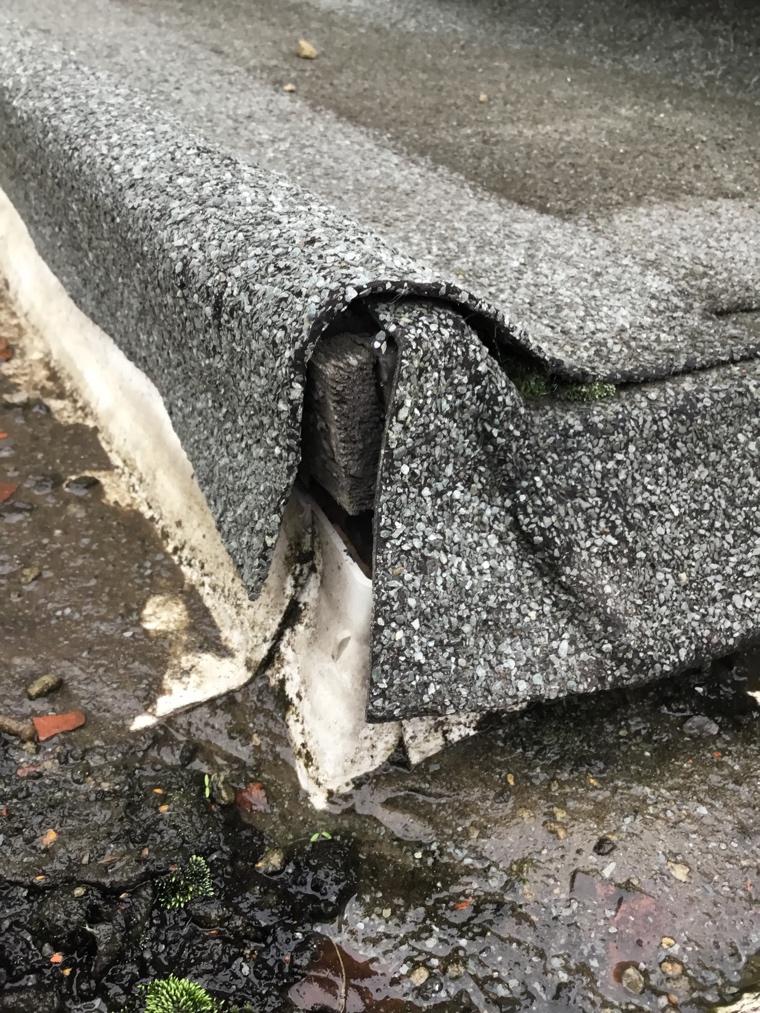
Adhesion failure, bubbling and blistering.
Another defect that you can notice without needing to be an expert in flat roofing is blistering and bubbling. This results from an adhesion failure in the roof, and the bubble can fill up with trapped air or water.
If caught early enough, this problem may be repairable. However, the roof will need replacing if it is left for long enough and the blisters grow large enough.
Another potential issue is blisters popping and consequently causing a hole in your flat roof. This will typically happen if there was an excessive amount of moisture when the roof was initially installed —perhaps directly caused by poor ventilation, but often resulting instead from poor workmanship and poor insulation.
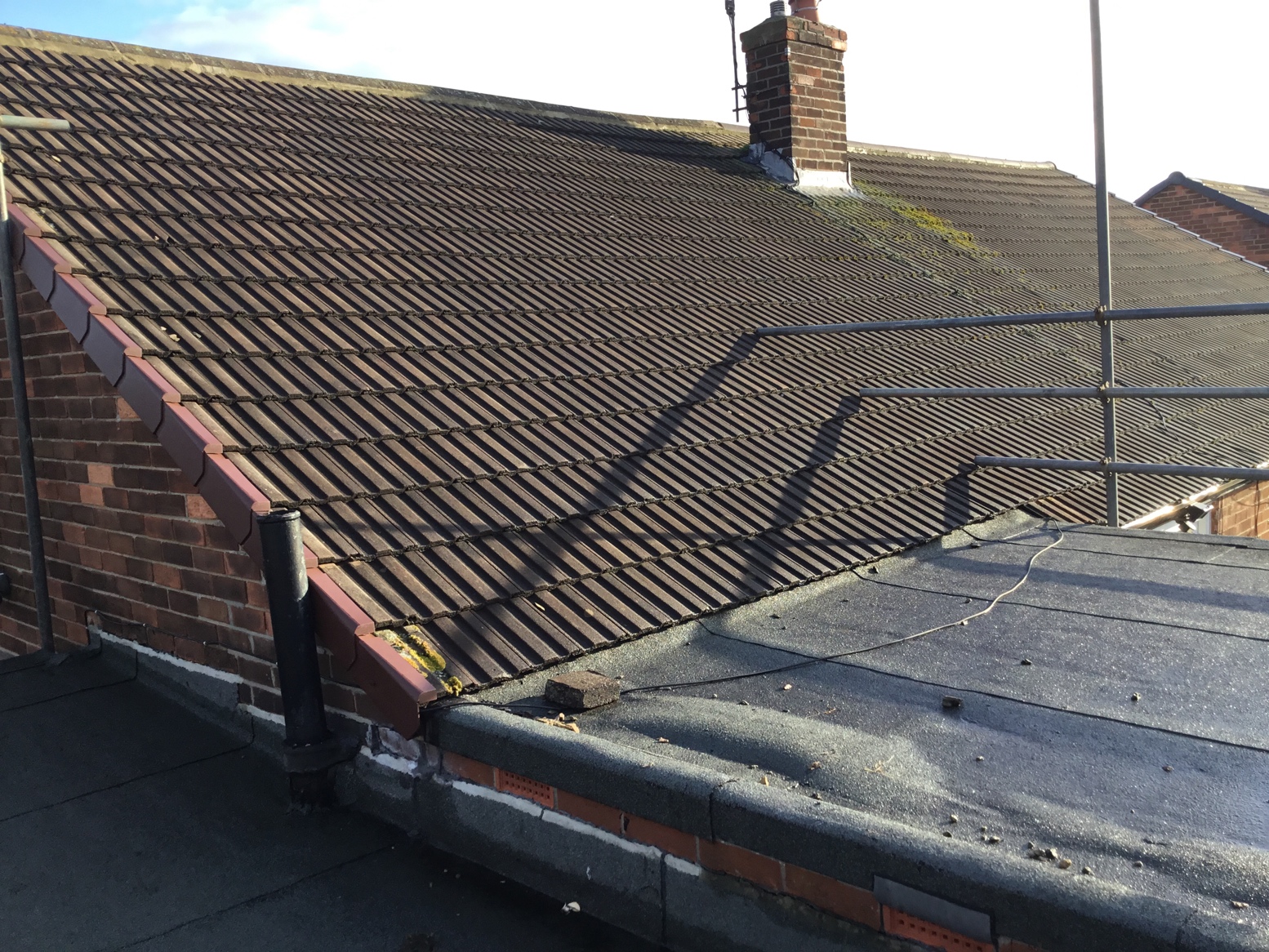
Ponding, poor falls and small outlets
These can all significantly reduce the lifespan of a flat roof. Over time, if water is left standing, it will cause irregular stress on the felt roof, which may result in cracking and water penetration.
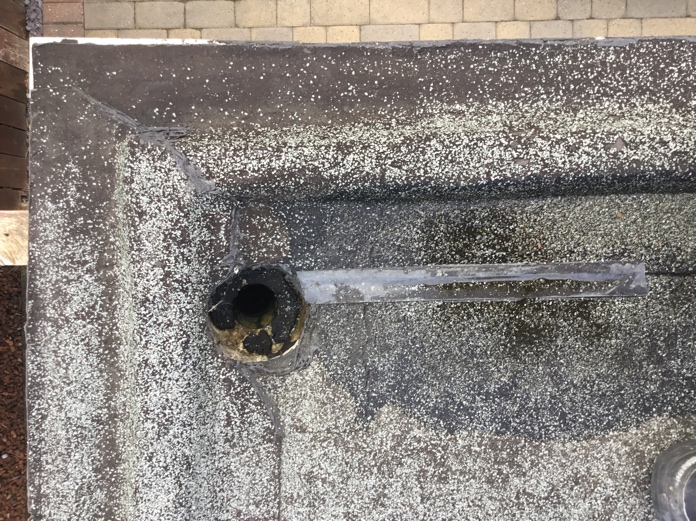
If your flat roof is ponding, respond quickly. For example, if you live in the most populous city of North East England, you could call on the services of roofing contractors in Newcastle. You may have a blockage or need to have the pitch/direction of the water flow altered as the roof is replaced.
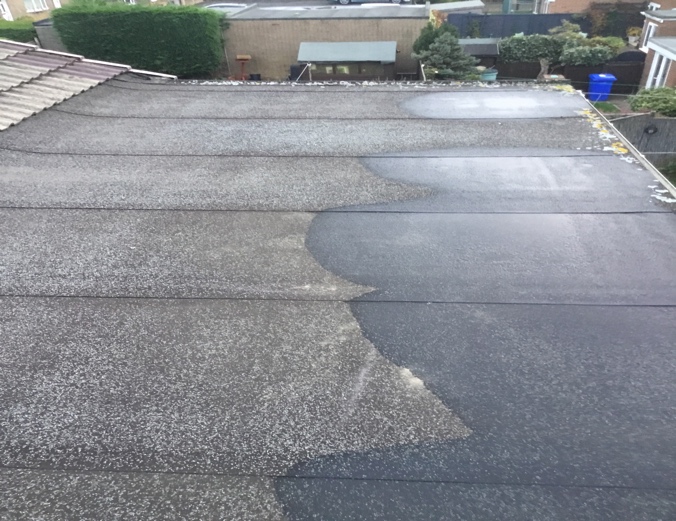
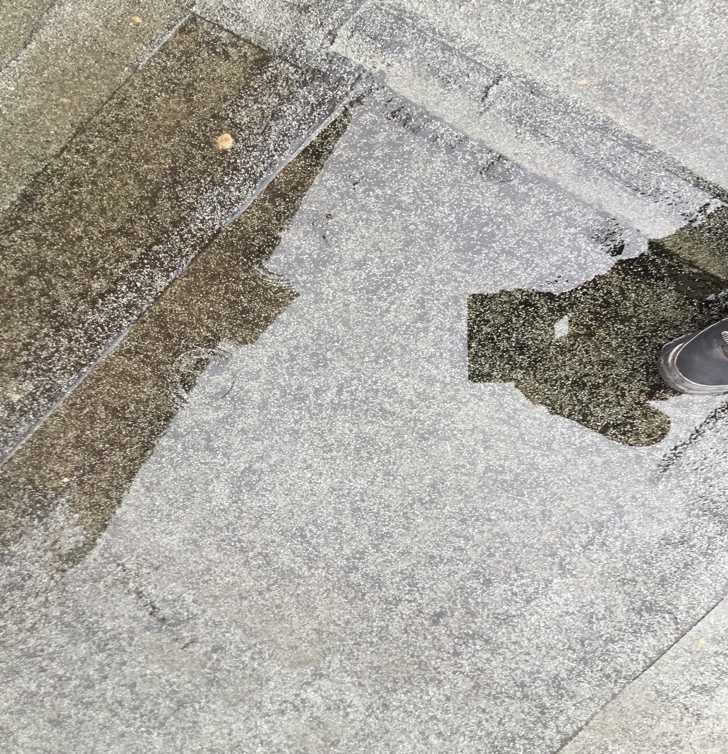
Organic growth
Though moss, lichens, and algae may not seem like major problems, they signify that your roof may need some attention, regular maintenance, and inspection.
The fact that they are there indicates unwanted water retention on the flat roof. If this problem is left untreated, it could be extremely damaging—this is not an issue to be taken lightly.
If you are unsure why moss is growing on your roof, have it checked over. While this moss might not reflect any serious problem, if you inspect the roof early enough, you might pick up on an issue early enough to save yourself having to replace that roof.
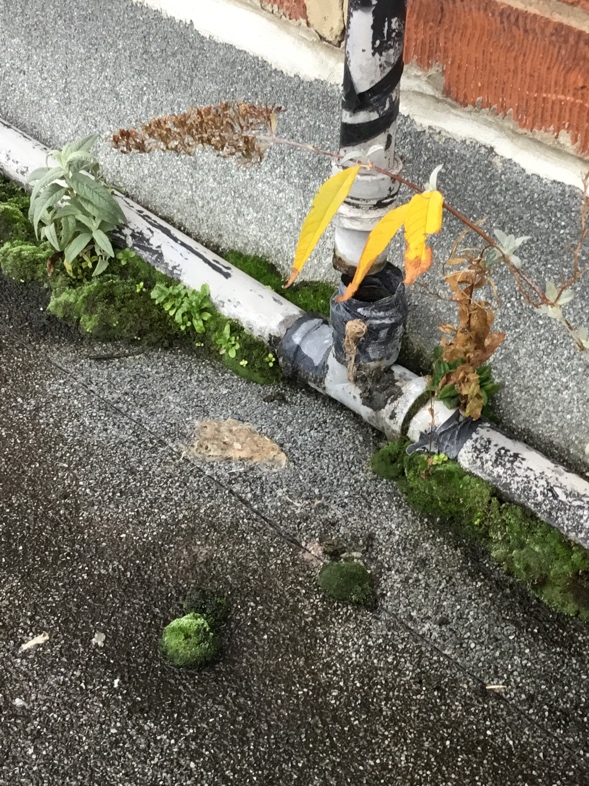
Adjoining walls and upstands
Checking these and having problems with them effectively addressed could be the difference between your roof remaining watertight and water instead pouring in. Making sure that the felt is correctly chased into adjoining walls and sealed correctly on upstands could arguably be the most important stage of verifying that your flat roof is in the right condition.
Unfortunately, too many properties tend to leak water due to cowboys using silicone or flash to seal off the join. The felt should run up the wall, be chased into the pointing between the brickwork, and be re-pointed back over. If the roof has not been correctly installed in this way, there is a very high risk of encountering issues.
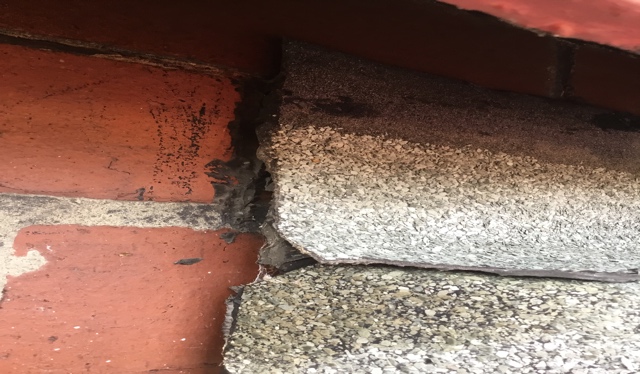
Of course, there are many other possible defects and areas and causes of failure with a flat roof. However, the problems described in this article are among the most common. It is important to choose a reputable installer for your flat roof project.
If your existing flat roof does need to be replaced, an EPDM rubber roof can prove an especially resilient replacement. Findley Roofing & Building can handle the potentially complex task of installing EPDM roofs, which are guaranteed for 20 years and have a life expectancy of up to 50.




 POSTED BY
POSTED BY 

